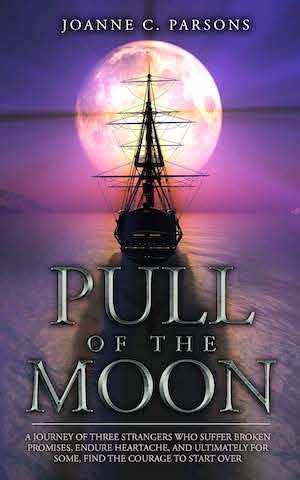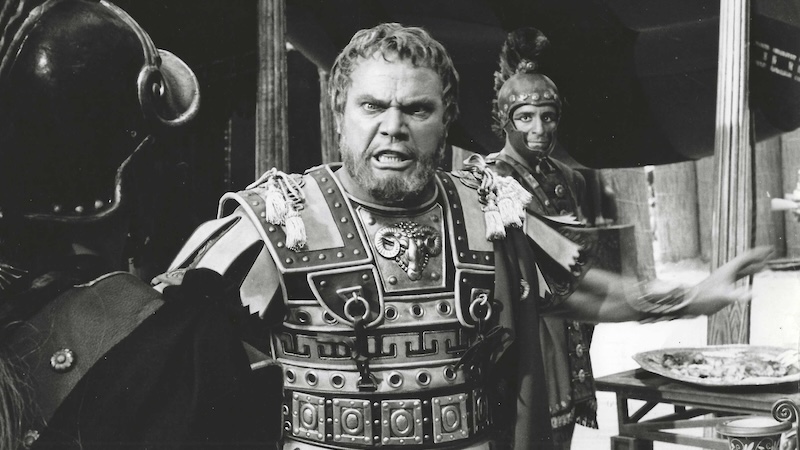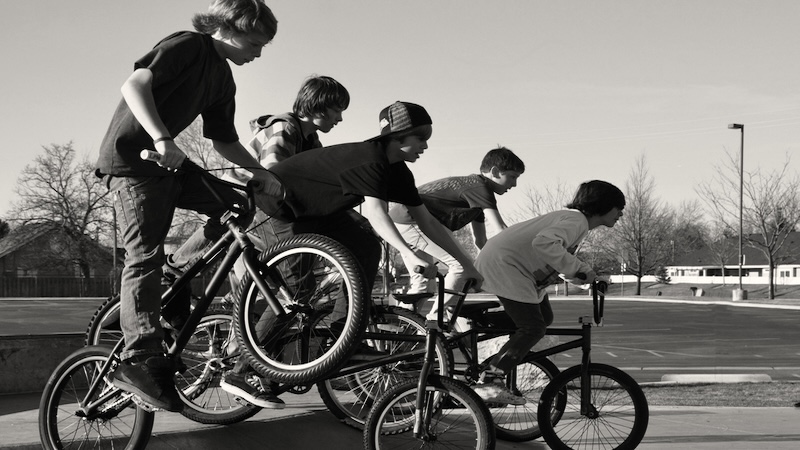Dance Lessons of Life
Memories of the Mashed Potato, school dances, and love

“I wrote ‘Dance Lessons’ remembering the significance of dancing throughout my life and dedicated it to the memory of my late husband, my life partner and dance partner, George W. Parsons,’ says author Joanne C. Parsons. She shares her memories of a joyful thread that ran through her life and those she danced with along the way.
“Penny Lover, walk on by, Penny Lover, don’t you make me cry.” I was listening to the radio, driving alone in my car, when Lionel Ritchie’s “Penny Lover” brought me back to the night I met the man I was to marry. It was at a dance. As I smiled, remembering that life-changing night, it occurred to me that dances were rites of passage for me from adolescence to adulthood.
In early high school years, I lived for the monthly Catholic Youth Organization (CYO) dances. They were held in the cafeteria of the all-girls parochial high school I attended. The countdown to that first Friday of the month filled me with anticipation and anxiety, but the dance itself never lived up to my expectations. The school cafeteria was awash with harsh bright lights. The boys clustered together on one side of the tile-walled room, milling around in circles, hands stuffed in their pockets, looking uncomfortable in their white shirts and ties.
The girls, in wool plaid skirts and mohair sweaters, bobby socks and penny loafers, gathered on the opposite side. The few who did dance were swarmed by the nuns inspecting each couple to assure they’d left plenty of room for the Holy Ghost.
As the evening wore on, some of the girls, hoping to lure a boy from across the room, danced the Cha Cha to Shelley Fabares’s “Johnny Angel” or waved their arms and jiggled to The Beach Boys, “Surfin’ Safari.”
No CYO dance was complete until the boys got caught smoking in the bathroom, or when a crowd of girls piled into their bathroom to comfort one who was crying because the boy she liked danced with someone else.
After the dance, the boys caught up with the girls for the three-block walk home. We talked and laughed and teased, like the neighbors we’d been since we were toddlers, played Relievio on the street, and raced in the park’s Fourth of July celebrations.
Later, in my high school years, I tagged along with my older sister to the Boston College High School (BC High) dances. My feet froze on the subway ride from Cambridge to Dorchester because I chose to suffer the cold in cute shoes rather than wear winter boots. The BC High boys didn’t linger on the sidelines. The auditorium was dimly lit, music played to a crowded dance floor, and the Jesuits didn’t seem concerned about the Holy Ghost.
One night I danced three sets of slow tunes with a boy, our bodies pressed together, sweaty head to sweaty head. We barely saw each other’s faces and didn’t exchange names. When the lights came up, we walked away from each other without a word. I considered the night a success.
On one memorable Friday night, my sister and I found ourselves the center of attention as we danced to Dee Dee Sharp’s hit, “Gravy.” The Mashed Potato was the new rage on American Bandstand, and we had practiced at home. The lights came up, the dance floor cleared, and kids crowded around watching us deftly shift our weight from side to side, turning our toes in and swinging our heels out, alternating feet. It was the kind of nerve-racking and exhilarating moment a teenage girl fantasizes about.
Where Are the American Bandstand Regulars Now?
In summers, we’d head to my grandfather’s cottage at a seaside community. The weekly highlight was Saturday night at the Rexicana Ballroom. The dance hall was on the second floor of an old wooden structure that sat only a few yards from the ocean. Its mirror globe had reflected colored lights on dancers since the end of World War II.
Hundreds of kids stomped to Chubby Checker’s “Let’s Pony,” generating a fog-like humidity in the airless dance hall. With all the energy of a 16-year-old, I danced non-stop, leaving my body and hair dripping with sweat, except for my forehead where I’d applied Arrid Roll-On deodorant to keep my bangs dry.
It was there in this mix of teens from towns surrounding Boston I stepped out of my sheltered, white, Catholic world. It was there this naïve dancing girl learned not every guy or girl played by my parochial schoolgirl rules.
Once or twice, as a single mom in my 30s, I tried a hotel singles dance. I’d lean on a wall, my feet tired from a day at work, longing for a man to ask me to dance, while regretting I’d left my girls with a babysitter. It didn’t take many of those nights to decide my time was better spent putting my girls to bed than wishing for the company of a stranger.
Months after swearing off singles dances, I agreed to attend a Hawaiian-themed fundraiser sponsored by my older sister’s running club. I dutifully purchased a Hibiscus print blouse for the event. My sister sat me at the only open seat at a table of her fellow runners. They were mostly men, all sporting Hawaiian print shirts, and wearing leis around their necks. Except one. To my right sat a bald guy with a little goatee. He wore a solid blue polo shirt, and had tucked the umbrella from a novelty drink behind his ear. I thought, “Oh, no, I’m stuck next to a character.”
He turned to me and said, “Hello.”
With dripping sarcasm, I glanced at his ear and responded, “Nice touch.”
He reached, as if he had forgotten about the umbrella, and with all sincerity responded, “Thank you. Would you like to dance?”
And we did, me and the character with the umbrella tucked behind his ear, that night and for the next 30 years.
Dedicated to the memory of my favorite dance partner, George W. Parsons.
 “I started creative writing at 67½ years old after I was widowed and retired from a long career in eldercare administration,” says Joanne C. Parsons. “I pushed myself to join a writers’ group instead of a grievance group and learned I had the capacity for creative writing. My first book, only 46,000 words, ‘Kitchen Canary,’ is based on a family story and has won several awards.”
“I started creative writing at 67½ years old after I was widowed and retired from a long career in eldercare administration,” says Joanne C. Parsons. “I pushed myself to join a writers’ group instead of a grievance group and learned I had the capacity for creative writing. My first book, only 46,000 words, ‘Kitchen Canary,’ is based on a family story and has won several awards.”
Parsons has written more novels, including “Pull of the Moon,” published in 2021, and a sixth, “Southie Girl,” on the way.
“If I could give a message to Boomers, it’s to keep living. I thought real living was over for me when my husband died, but I found writing to be a place to get away from my grief. I dared to date and found a wonderful guy, a widower, and we now have a life neither of us imagined was in our futures.”
Parsons, now 75, lives on a pond on Cape Cod in Massachusetts with her husband of five years, enjoying their five adult children and eight grandkids.


